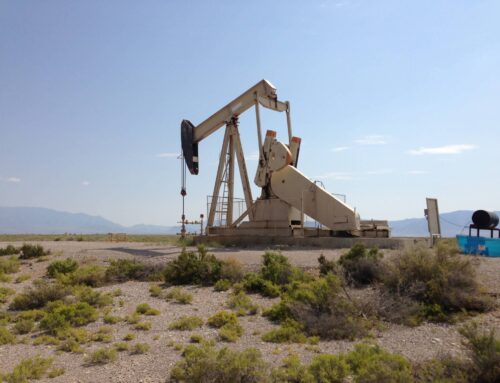Amid a pandemic and ensuing economic upheaval, lawmakers are discussing how to get a lifeline to businesses to buoy the economy. But they shouldn’t let COVID cloud their ability to separate financial need from a cash grab. And nobody loves subsidies more than the energy industry and this particular darling is nuclear.
Despite a lavish subsidy buffet for construction, nearly all nuclear reactors currently operating in the U.S. were built before 1990. The federal financial spread includes tax credits, loan guarantees, research and development support, on top of legacy subsidies like the generous Price-Anderson Act that limits nuclear plant owner liability from an accident. Still the expansion of U.S. nuclear generation envisioned in past decades has not materialized, largely because historic financial and technological problems continue to haunt the industry. The large up-front capital requirements, construction complexity, and cost escalations that characterized the wave of nuclear construction pre-1990 made new nuclear investment an unappealing and uneconomic choice for U.S. utility companies thereafter.
But the cold reality that nuclear isn’t cost competitive hasn’t stopped some policymakers from channeling their inner Lloyd from Dumb and Dumber saying “so you’re telling me there’s a chance” and holding out hope and asking for more generous handouts. For many, the next big thing in nuclear has been baby reactors, aka small modular reactors (SMRs). SMRs are nuclear reactors generating less than one third of the power a traditional reactor – that are supposed to have standardized, replicable construction. Roll them off the assembly line and send them by rail or barge was the idea. While many may be uncomfortable with these neighborhood nukes, the Department of Energy (DOE) has been pushing the new tech for nearly a decade now, and recently doubled down on one particular project.
The misleadingly-dubbed “Carbon Free Power Project” is a plan from a Utah utility conglomerate to get electricity from several SMR modules by the end of the decade. DOE’s involvement dates back to 2014, when the agency signed a cost-sharing agreement worth roughly $220 million to help NuScale Power develop their design for a 50 MWe (megawatts electric) SMR. In August 2020, the NuScale Power Module cleared the last hurdle before final design certification. But it doesn’t – though it should – end there. DOE has continued to shower subsidies and support the company. For example, when it came time to decide where to build the first 12-module power plant, DOE agreed to let NuScale start construction on its property at the Idaho National Laboratory – no land or facility to buy! In total, DOE has spent more than $400 million on the project and revised agreements so that the agency is picking up more than half the tab in some cases.
But the subsidy monster is voracious. In October DOE announced it wanted to pump in $1.36 billion in additional funding. Which means that DOE wants to spend close to $2 billion on a reactor design and power plant, and then let NuScale and its owner, Fluor Corporation, walk off with handsome profits from bringing new technology onto the market. This has left far behind the claim taxpayers are supporting basic research – this is way into production. Corporate welfare, crony capitalism, call it what you will, it’s toxic to taxpayers.
But the taxpayer losing doesn’t end there – if NuScale gets its plant up and running, it should be able to claim millions of dollars in nuclear production tax credits. Subsidies at every step.
While DOE is servicing its favorite SMR supplier, fans of nuclear energy in Congress are doing their best to juice reactors already well past their half-life. On Wednesday, the Senate Environment and Public Works Committee approved a bill introduced by Chairman Barrasso (R-WY) and co-sponsored by some Democrats to prop up the nuclear industry on several fronts. Most galling is a provision to provide “incentives” to aging nuclear reactors that are no longer cost competitive and need to shut down. An incentive is giving a dog a treat for doing a trick, direct support to nuclear plants of unspecified amounts is more like doing the backflip yourself and handing the dog a steak. And if plants do go under, the bill would give out grants to nearby towns.
The bill would also award prizes for the next few nuclear reactors to get licensed (aka, NuScale) and make sure nuclear operators aren’t paying too much for the Nuclear Regulatory Commission that only exists to make their product safe.
But none of the above is set in stone. Congress can deny appropriations for Nuscale and cut the cord DOE is obviously too keen on keeping. The Senate can also vote down the new bill if it comes to the floor and give a cold shoulder to Sen. Barrasso’s last gasp of enabling giveaways to nuclear interests before his time as committee Chair comes to a close.
Our trillions of dollars in tax revenue isn’t funny money that policymakers’ can apply to their current fling. Nuclear – and other energy sector (ahem oil and gas) – subsidies should go away and rely on the market.











Get Social